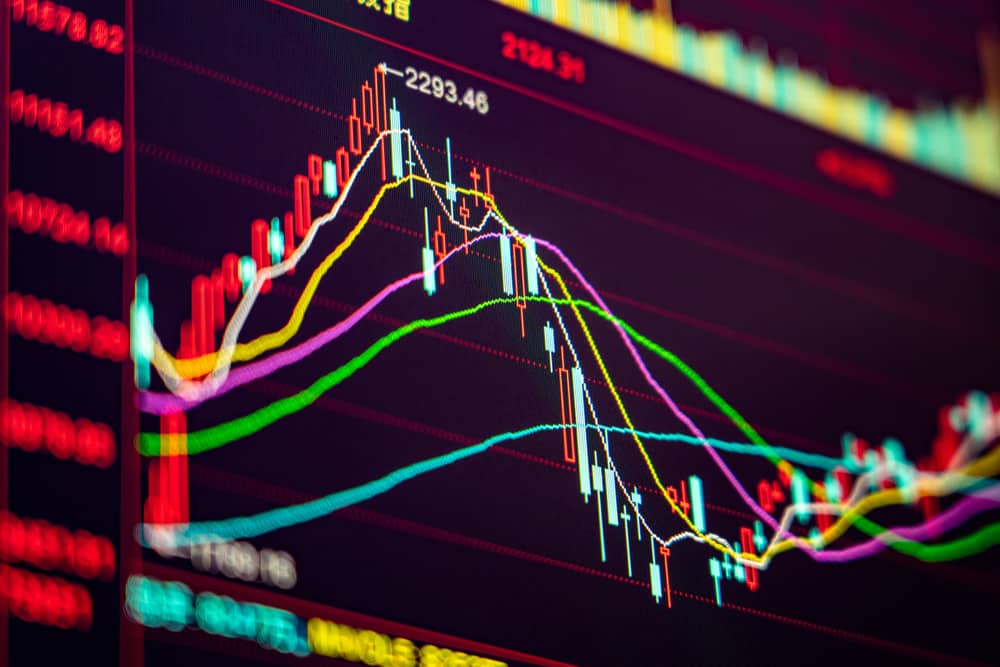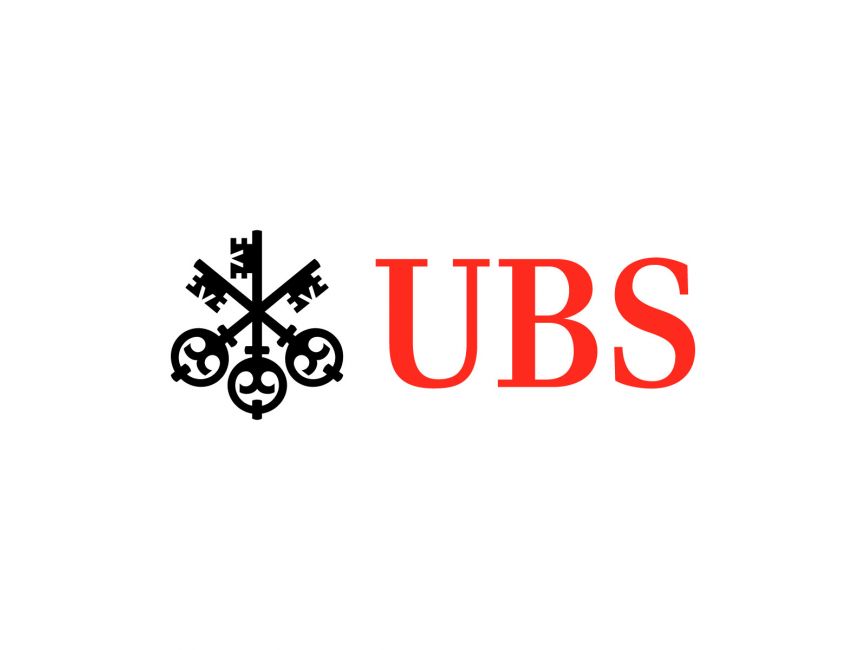Value and safe-haven assets were the order of the day for ETF investors during a volatile Q1 while the unstoppable tide of ESG continued gaining scale.
Amid interest rate hikes and geopolitical uncertainty, few will be surprised to learn the €15.6bn iShares Physical Gold ETC (IGLN) finished top of the pile in Q1 with inflows of €3.1bn, according to data from Bloomberg Intelligence.
Lifted by the same trend, Europe’s largest exchange-traded commodity (ETC), the €15.8bn Invesco Physical Gold ETC (SGLN), collected €1.9bn new assets while the €3.6bn Xtrackers Physical Gold ETC Securities (XGDU) added €1.4bn.
Interestingly, the €2.9bn WisdomTree Physical Swiss Gold ETC (SGBS) saw €661m outflows over the same period.
Also noteworthy was the second major rotation to value since the post-vaccine era began. These smart beta assets have been lapped up by BlackRock’s factor ETF range as investors looked to hedge against the impact of rising rates on growth stock valuations.
The €3.6bn iShares Edge MSCI USA Value Factor UCITS ETF (IUVL), the €5bn iShares Edge World Value Factor UCITS ETF (IWVL) and the €3.3bn iShares Edge MSCI Europe Value Factor UCITS ETF added €1.1bn, €1bn and €668m, respectively, in Q1.
Elsewhere, the headline act in environmental, social and governance (ESG) ETFs in early 2021 – the €6.1bn SPDR Bloomberg SASB US Corporate ESG UCITS ETF (SPPU) – regained its lofty status with more than €1.2bn inflows in Q1, the most of any ESG ETF in Europe.
Broad-based ESG strategies such as the €4.9bn Xtrackers MSCI USA ESG UCITS ETF (XZMU) and the €2.4bn iShares MSCI World ESG Enhanced UCITS ETF (EDMW) also enjoyed inflows of €651m and €638m, respectively.
Worth noting, however, is the €711m of new money that was injected into the €1.2bn BNP Paribas Easy MSCI USA SRI S-Series PAB 5% Capped UCITS ETF (EKUS), with the ETF issuer having incorporated Paris-aligned benchmark metrics as part of a wider overhaul of its product suite, ETF Stream revealed last December.
EKUS’s subsequent popularity following the change illustrates investors’ desire to have products implementing tangible ESG criteria from recognised sources – as well as the European tendency towards the ‘environmental’ component of ESG.
Investors bail on oil, single country and fixed income ETFs
On the other side of the coin, Europe’s largest oil ETC, the €1.1bn WisdomTree WTI Crude Oil ETP (CRUD), booked significant outflows of €861m as investors furiously took profits with oil prices hitting their highest level since 2008. This followed existing supply concerns being amplified by Russia’s invasion of Ukraine which has raised question marks over Europe’s energy security.
An asset exodus was also inflicted on some single country exposures, with the €1.1bn UBS ETF MSCI Japan UCITS ETF (JPNA) shedding €831m over 12 weeks while €474m departed the €1.4bn Xtrackers MSCI Japan ESG UCITS ETF (XZMJ).
While consumer price inflation (CPI) remains modest in the Japanese economy, a poll of business confidence conducted by the Bank of Japan – the ‘tankan’ – dropped for the first time in seven quarters, down from 17 points in December to 14 points.
Elsewhere, the HSBC MSCI Canada UCITS ETF (HCAN) saw momentous outflows of €694m, taking its assets under management (AUM) to a mere €43m.
A final and appropriate way to wrap up the start of 2022 is to examine the ongoing difficulties facing fixed income ETFs.
The €1.5bn Lyxor Core US TIPS UCITS ETF (TIPH) saw €787m assets head for the exit as the Federal Reserve began its programme of rates rises, effectively ending the protection offered by their inflation-hedging methodology. Not only are rates rises designed to stymie rising inflation but they also have an immediate downward effect on bond prices.
Another fixed income favourite last year – Chinese sovereign debt – also lost its crown in Q1 as usually reliable yields were eroded by Russia’s invasion of Ukraine and the People’s Bank of China issuing monetary support, narrowing the Chinese sovereign yield advantage versus US Treasuries.
In light of this, investors withdrew €625m from the €5.3bn iShares China CNY Bond UCITS ETF (CNYB).
However, US Treasuries were not immune to Q1 volatility. European investors rotated €557m out of the €2.4bn iShares USD Treasury Bond 1-3yr UCITS ETF (IBTA) and instead favoured the €1bn Invesco US Treasury 7-10 Year UCITS ETF (TREX) which saw €833m inflows.
While rates hikes have suppressed bond prices and bumped up yields on the front end of the yield curve – and a combination of factors are painting quite a bleak picture for markets in coming years – many institutions will look to own longer-duration US Treasuries to hedge their equity risk.
Related articles












